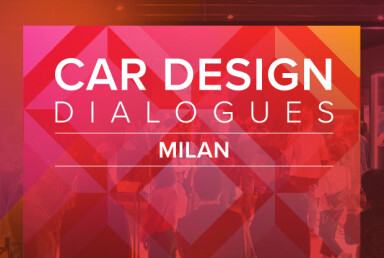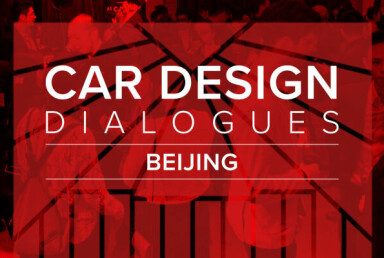Pocket-sized concept
First sight: Dacia Hipster concept
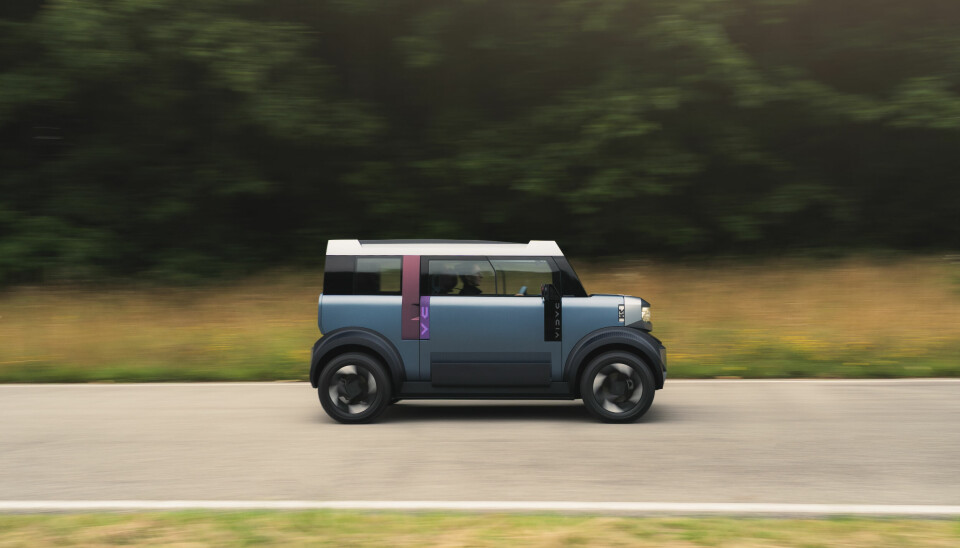
This ultra-compact concept reduces design noise to focus only on the essential. Car Design News reports from the reveal in Paris
At 3 metres long, 1.53 metres high and 1.55 metres wide, this four-seat electric concept is the automotive equivalent of Doctor Who’s Tardis – deceptively more spacious on the inside than it looks on the outside.
Building on that packaging, the Dacia Hipster takes the ultra-compact car concept beyond the city and into daily life on country roads and suburban routes, through the solid block-like design sitting on four wheels with no overhang at the front or rear and a boot that can be adjusted from 70 to 500 litres capacity.
According to Dacia, the Hipster concept could handle daily journeys with only two recharges a week – a claim supported by the statistic that 94% of motorists in France drive less than 24 miles per day. The concept also aims to halve the carbon footprint of electric vehicles.
Unlike many concept vehicles, however, the Hipster is drivable: it was even driven into the room, circling the gathered media before being parked for closer inspection. And yes, this means that the brand is confident that it can move forward into production with something very close to the concept.
To understand how it came together, Car Design News spoke with the trio behind the Hipster concept – design director David Durand, chief designer advanced and exterior Romain Gauvin and chief colour and materials designer Jorge Diaz Martinez.
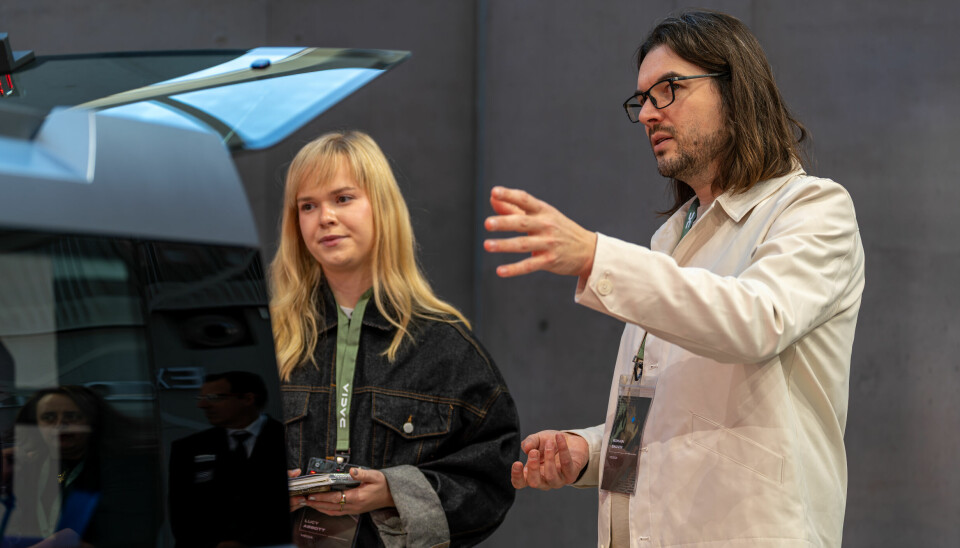
Small yet robust
“We are trying to make a car that appears compact from the outside but is large on the inside,” Durand explains. The result is a cubic-shaped vehicle with “very strong volumes intersected” that deliberately challenges conventional automotive aesthetics. The design is quintessentially Dacia – strong, simple and with visible lines and square shapes throughout to reflect the robustness, all while avoiding excessive decorative elements.
The interior design prioritises a higher driving position that avoids the driver feeling overwhelmed by any bigger cars surrounding them. The glass roof isn’t just aesthetic – it enhances the feeling of space and provides practical advantages like better visibility at traffic lights.
Durand wanted to deliberately avoid cuteness, noting the car should communicate that “it’s serious. It’s not a toy. It’s something well-constructed where you feel safe inside.” The exposed light signature and front face are designed to convey a sense of purpose and reliability.
Delving further into colour and trim, Martinez explains that the exterior ‘fog blue’ colour is inspired by the Romanian countryside, with an accent colour of plum. The plum colour is achieved via a two-layer technique with a tinted blue matte varnish on top of a metallic base with red flakes. This colour also communicates the functional elements, like the mirrors and pillars.
Ultimately, the car is designed to make a statement, for drivers who can say “I don’t need your big SUV and are proud of driving something different,” Durand muses.
The essential
The Dacia Hipster’s design language is summed up by one word – essential. Durand describes the approach as critically examining each component and asking: “Do we really need this? Can we do without this?”
Traditional design elements such as door handles are challenged (and promptly replaced with a strap) and dashboard spaces are left open so customers can customise or upgrade according to their needs and preferences. Durand questions the need for thick car seats, pointing out that people sit comfortably on office chairs for eight-plus hours a day with minimal padding: “In a car, what is important is the frame of the seat – not necessarily the excess foam,” he says.
Durand took inspiration from iconic minimalist cars of the 1970s that make people smile, such as the Renault 4, Fiat Panda and Mini. As he notes, this proves that “essential can be super attractive, popular and give you everything you need.”
With this comes the eradication of the interior super-screen. “There is a big war between all the car companies to propose the maximum features, the connectivity, things like karaoke,” Durand observes. Dacia’s philosophy is simple: the most advanced technology is already in the customer’s pockets. “We have everything we need already. Why do we need an extra system that we need to learn about? There are more and more customers who want to go back to basic.”
Stylistically, Durand leans towards a Nordic, Scandinavian design ethos – “robust, very plush” with a “less is more” philosophy, distinctively different from the more “muscular and aggressive” designs of other brands. He also remains open and adaptable, ready to incorporate features that customers need.
But the Hipster’s resemblance to the Japanese Kei car is undeniable, and Dacia embraces this: “It’s a love letter to Japanese design and engineering” Gauvin says, while affectionately gazing at the Dacia Hipster that’s being swarmed by excited journalists.
Sustainability
The small scale of this vehicle wasn’t a coincidence, though, with the team constantly working to move elements and tweak positioning to package everything as tightly as possible.
As a result of the size, the sustainability credentials of this concept are something that Dacia is proud of. “Because it is small, we obviously spare mass. The battery will be smaller, which is good as batteries are not the best when it comes to sustainability,” remarks Gauvin.
Delving deeper, the concept was created to be taken apart as sustainably as possible. “The construction of the recycled polyester seat and backrest allows us to detach the textiles and recycle them, there are no other polluting agents in the process; so, we maintain the same level of polyester. We are making it circular. This complements our use of Starkle on the exterior and interior, which contains 20% reused polypropylene.” Martinez explains.
Starkle also has benefits beyond sustainability, with its hardwearing nature making for a more durable interior. “We decided to use Starkle on the interior as well as the exterior as the plastic is the same colour all the way through so if you scratch the car, it doesn’t show. I was inspired by my wife, who wears jewellery that always seems to scratch,” Martinez jokes.
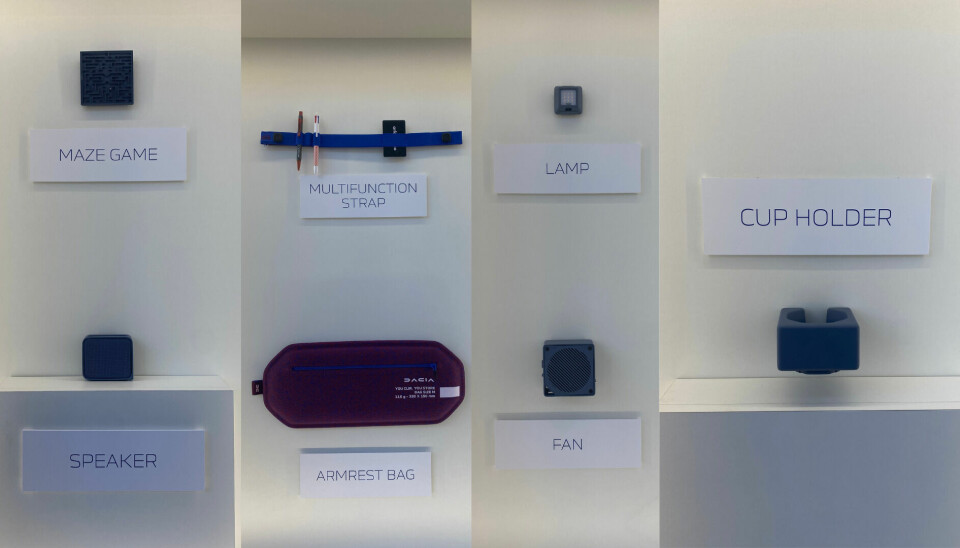
Modular future
Like the rest of Dacia’s range, the Hipster is compatible with YouClip accessories. But with the new concept comes a twist – the YouClip accessories are electrified, like a portable lamp and boombox that charges itself on the YouClip socket.
The YouClip accessories can be placed wherever the customer wants, with Martinez pointing to the armrest bag in the door pocket and explaining “it works as an armrest and it also works as a storage bag, maybe you go to the gym in the morning and you can take this with you.”
Dacia previously collaborated with design schools through a competition to design a new YouClip, and Martinez remembers this fondly: “Collaboration with the schools is key. Having fresh ideas around is always interesting.”
In a rapidly evolving automotive landscape, this young brand sees itself as a fresh, dynamic player that’s unencumbered by traditional heritage. It’s clear the Hipster concept is an embodiment of this attitude and Car Design News hopes it will be rolling down the streets before long.
Measurements:
3 metres long, 1.53 metres high, 1.55 metres wide
Wheelbase:
2,150mm
Design team:
David Durand, Dacia design director. Romain Gauvin, Dacia chief designer advanced and exterior. Magali Gouraud Borgers, Dacia chief interior designer.Jorge Diaz Martinez. Dacia chief colour & materials designer
Project timeline:
September 2024 to September 2025 – 12 months



